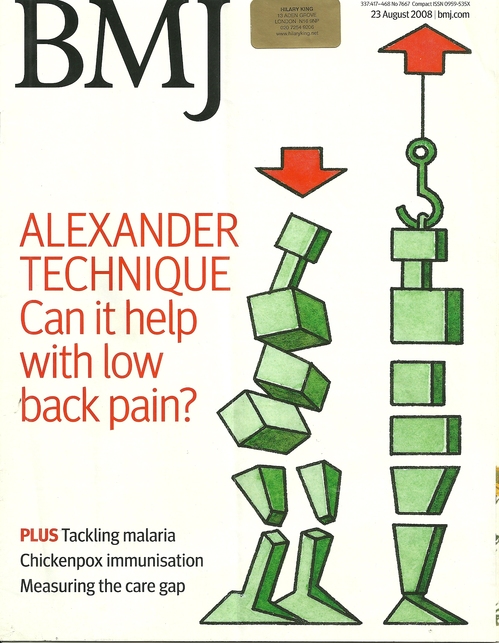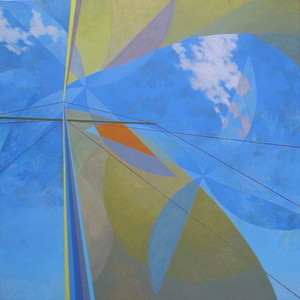Dilys Carrington, one of the senior teachers of the Alexander Technique who had lessons and had trained with F M Alexander himself, died peacefully at her home on the 22nd September 2009.
Dilys Jones was born in Stourbridge, Worcestershire and later read Mathematics and Psychology at the University of London. For a short period, she was F M Alexander’s secretary at Ashley Place, where Alexander ran his teacher training course and his private teaching practice. Later, Dilys worked as secretary at the Physical Society.
Dilys began taking lessons with FM Alexander in 1938. In 1940 she married Walter Carrington who had graduated from Alexander’s Teacher Training Course in 1939. They had three children.
Dilys also started to train as a teacher with F M Alexander, shortly before his death in 1955. She then completed her training with Walter Carrington. Together, they developed and ran the Constructive Teaching Centre, which is still running today and is the oldest Alexander Technique Teacher Training Course.
Throughout her teaching career, Dilys was an active and influential member of STAT, the Society of Teachers of the Alexander Technique and was a member of the STAT Council for a number of years.
Dilys Carrington will be missed by many people.

